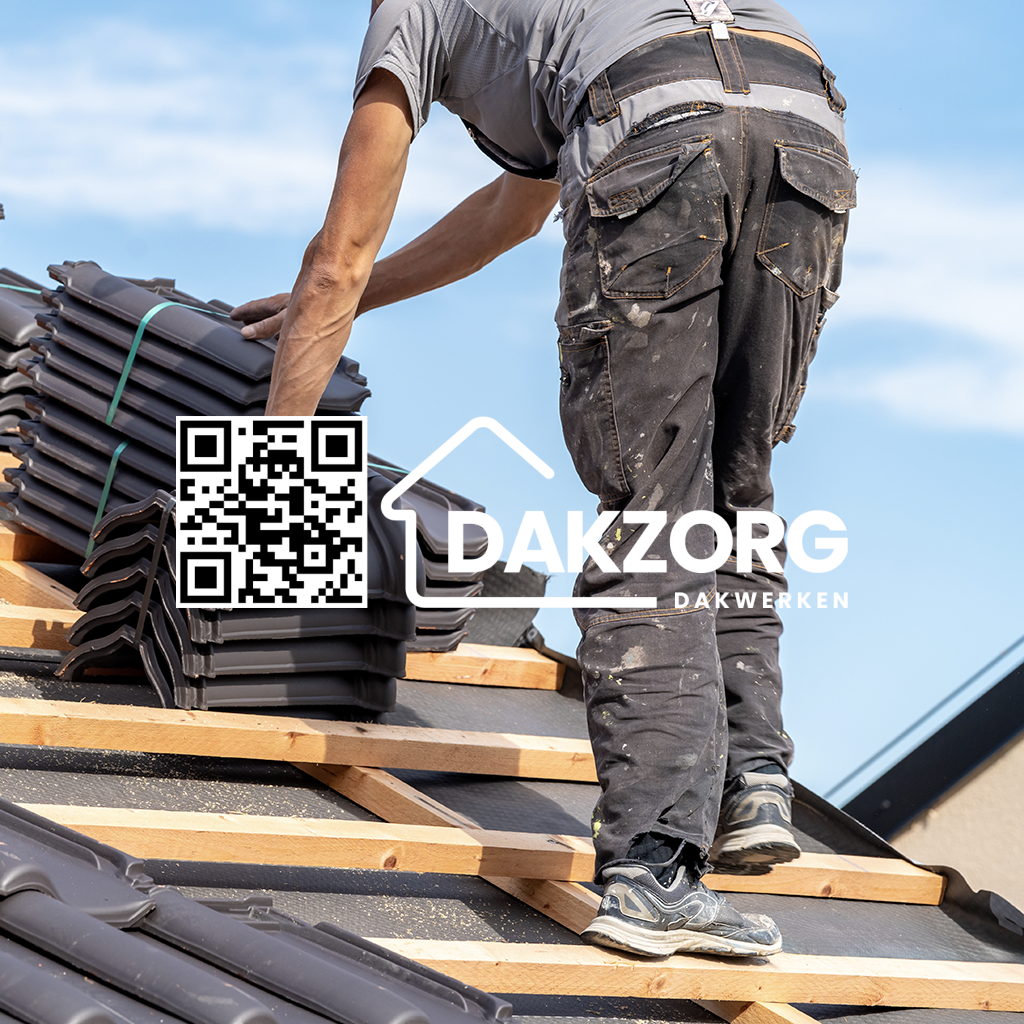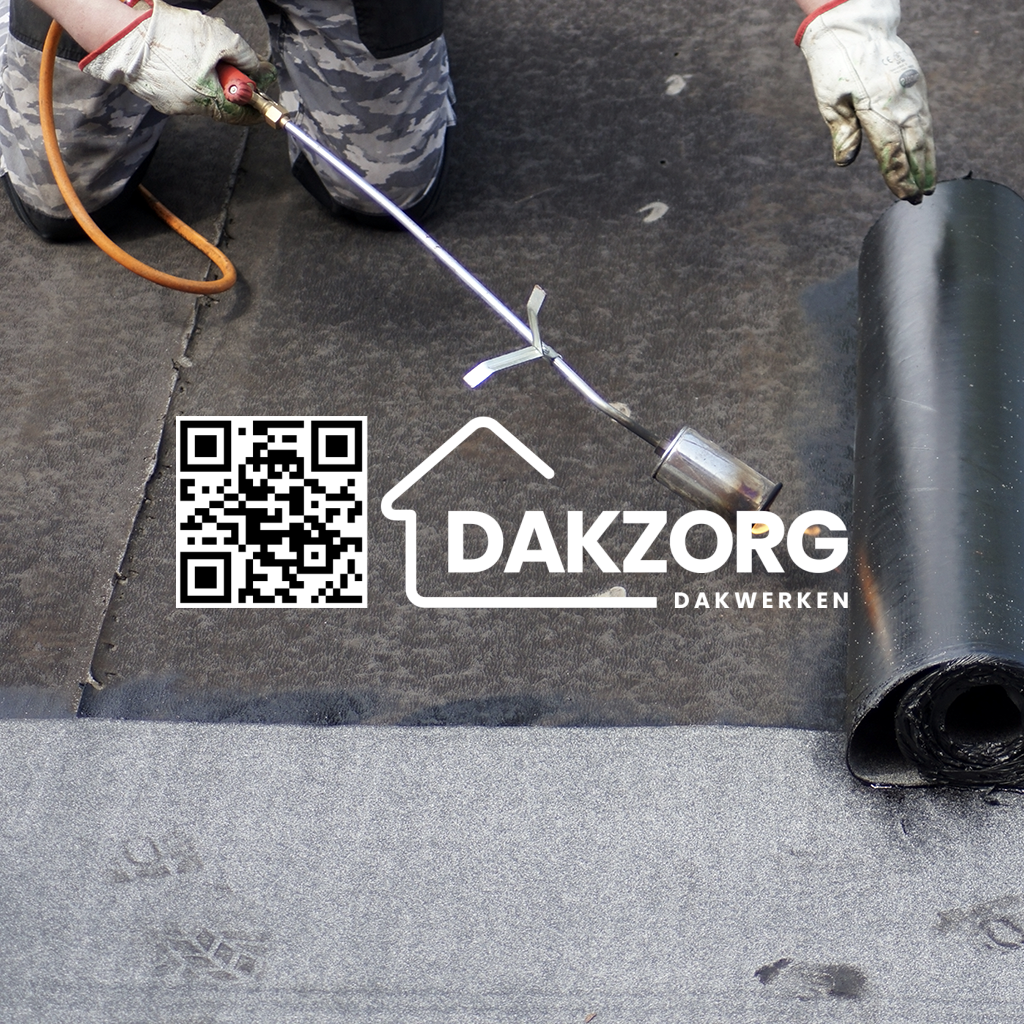Mold on your roof can be a homeowner's worst nightmare. It’s not just unsightly; it can lead to significant structural damage, health issues, and costly repairs if left unchecked. So, what do you do when you find mold creeping onto your roof? In this comprehensive guide, we’ll walk you through the steps to take after finding mold on your roof. From initial assessments to preventative measures, Check over here we’ve got you covered.
Understanding Mold: What Is It?
What Causes Mold Growth?
Mold thrives in damp environments. When moisture accumulates on your roof due to leaks, poor ventilation, or high humidity levels, it creates the perfect breeding ground for mold spores. These spores can spread quickly if the conditions remain favorable.
Types of Mold Commonly Found on Roofs
- Aspergillus: Often found in damp areas and can cause allergic reactions. Cladosporium: Generally harmless but can trigger asthma attacks in sensitive individuals. Stachybotrys (Black Mold): Known for its toxicity and health risks; requires immediate attention.
The Importance of Addressing Mold Quickly
Ignoring mold isn’t an option. Not only does it affect your roof's integrity, but it also poses serious health risks like respiratory problems and allergic reactions.
Steps to Take After Finding Mold on Your Roof
1. Stay Calm and Assess the Situation
Before you grab a ladder or panic about the situation, take a moment to breathe. Assess how extensive the mold issue is. Is it localized or widespread? Knowing this will determine whether DIY methods will suffice or if you need professional help.
2. Identify the Source of Moisture
As we mentioned earlier, moisture is mold's best friend. Check for:
- Leaks in your roofing material Poor ventilation Accumulation of debris
By identifying these sources early on, you’ll be better equipped to tackle the problem effectively.
3. Protect Yourself During Inspection
When you're up close with mold, safety should come first! Wear protective gear:
- N95 respirator mask Gloves Safety goggles
These items will help safeguard against harmful spores that can become airborne during inspection and removal.
4. Document the Damage
Taking photos before starting any cleanup will serve as valuable documentation for insurance claims or professional consultations later on.
5. Determine Your Cleanup Strategy
Here are two options based on the extent of the damage:
DIY Cleanup for Small Areas
If you've got a small patch of mold (less than 10 square feet), consider tackling it yourself:

Hiring Professionals for Large Areas
For larger infestations or toxic molds like Stachybotrys, it's best to call in professionals who specialize in mold remediation.
6. Clean Up Carefully
After removing the visible mold:
- Dispose of contaminated materials properly. Ensure all surfaces are dried thoroughly.
This step is crucial because any remaining moisture can lead to future growth!
Preventing Future Mold Growth
1. Improve Roof Ventilation
Proper airflow helps prevent moisture buildup:
- Install ridge vents or soffit vents.
These additions allow hot air to escape while letting cool air circulate through your attic space.

2. Regular Maintenance Checks
Make it a habit to inspect your roof at least twice a year—ideally in spring and fall—to catch potential issues early.
3. Keep Gutters Clean
Debris-filled gutters trap water against your roof, creating ideal conditions for mold growth:
- Clear gutters regularly.
Consider installing gutter guards for additional protection!
The Role of Professional Help
Sometimes tackling mold isn't just about elbow grease; sometimes it's about expertise! Here’s when you should reach out:
When Should You Call a Professional?
If you notice any of these signs:

Professionals have specialized equipment and knowledge that can save both time and potential hazards down the road!
FAQs about Mold on Roofs
Q1: Can I remove roof mold myself?
Yes, if it's a small area under 10 square feet! Just follow safety precautions and use appropriate cleaning solutions.
Q2: How do I tell if it's toxic black mold?
Toxic black mold usually appears dark green or black and has a musty smell; however, testing by professionals is advised for confirmation.
Q3: Will insurance cover mold removal?
Many homeowners' policies cover mold remediation unless caused by neglect or lack of maintenance; check with your provider to confirm specifics.
Q4: How often should I inspect my roof for issues?
Twice a year—in spring and fall—is recommended along with after major storms!
Q5: Can I paint over mold?
No! Painting over existing mold may hide it temporarily but won't solve underlying moisture issues—always remove it first!
Q6: What happens if I ignore roof mold?
Ignoring roof mold leads to structural damage over time and serious health risks due to airborne spores—don’t wait until it's too late!
Conclusion
Finding mold on your roof might sound scary at first glance; however, knowing how to handle it makes all the difference! By following these steps outlined above—from assessing damage to taking preventative measures—you'll not only conquer current problems but ensure they stay cleared away well into the future! Remember that addressing issues promptly is key—your home deserves that level of care!
With vigilance and proper maintenance strategies in place moving forward after discovering “ Steps to Take After Finding Mold on Your Roof” no longer feels daunting but rather manageable—and that peace of mind is invaluable as every homeowner knows!